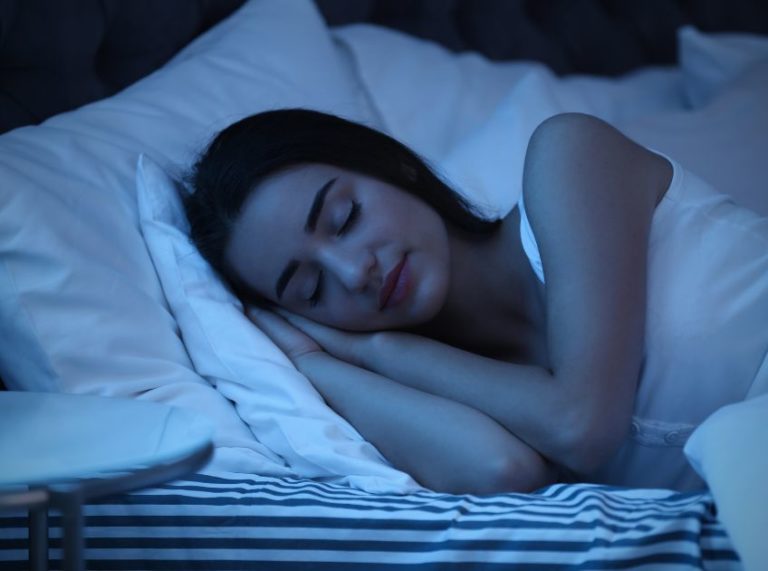
Important: This article is for informational purposes only. Please read our full disclaimer for more details.
A pristine white pillow may be a sight of comfort, but over time, it can develop unsightly yellow stains. Why does this happen, and how to fix it? Let’s uncover the reasons behind pillow yellowing and how to restore its freshness.
What Causes Pillows to Turn Yellow?
- Body Oils and Sweat: Your body naturally releases oils and sweat while you sleep. Over time, these substances seep into the pillow’s fabric, leading to yellow stains.
- Saliva: Drooling during sleep is common, and saliva can contribute to pillow discoloration.
- Skin and Hair Products: Lotions, creams, and hair oils transfer onto the pillow, causing residue buildup.
- Moisture and Humidity: Damp conditions accelerate oxidation, leading to discoloration.
- Aging: Materials in pillows degrade over time, resulting in yellowing.
How to Prevent Pillow Yellowing
- Use Pillow Protectors: A waterproof or antimicrobial protector is a barrier, shielding pillows from oils and sweat.
- Wash Pillowcases Weekly: Clean pillowcases regularly to prevent residue buildup.
- Maintain Clean Hair and Skin: Showering before bed and removing makeup reduces oil transfer.
- Air Out Your Pillows: Regularly expose pillows to fresh air to prevent moisture buildup.
- Avoid Sleeping with Wet Hair: Damp hair promotes mold growth, leading to discoloration.
Effective Methods to Remove Yellow Stains from Pillows
If your pillows have already turned yellow, here are some proven methods to restore their whiteness:
- Machine Washing: Always follow the pillow’s care label. Most synthetic and down pillows can be machine-washed with mild detergent.
- Pre-Treat Stains: Apply a gentle stain remover to targeted areas before washing.
- DIY Whitening Solution: Create a mixture of baking soda, white vinegar, and hydrogen peroxide for a natural whitening effect.
- Sun-Drying: Expose pillows to sunlight, which acts as a natural bleaching agent.
Note: Avoid harsh chemicals that may damage pillow fibers.
The Hidden Dangers of Yellow Pillows
Beyond the aesthetics, yellowed pillows can harbor allergens and bacteria that may compromise your health.
- Allergens and Dust Mites: According to research from the National Institute of Environmental Health Sciences, dust mites thrive in damp, stained pillows, triggering allergies (1) and respiratory issues (2).
- Bacteria and Fungi Growth: Moisture retention creates a breeding ground for harmful microbes.
- Skin Irritation: Residue buildup can clog pores, leading to breakouts and irritation.
Why Clean Pillows Enhance Sleep Quality
- Healthier Sleep Environment: Regular cleaning removes allergens and bacteria, improving air quality.
- Skin Benefits: Clean pillows reduce the risk of acne and skin irritation.
- Longevity: Proper care extends your pillow’s lifespan, maintaining its comfort and support.
Final Thoughts
Your pillow plays a significant role in your sleep hygiene. By understanding why pillows turn yellow and adopting effective cleaning practices, you can enjoy fresher, healthier sleep. Invest in pillow protectors, clean your pillows regularly, and replace them every 1-2 years for optimal comfort.















